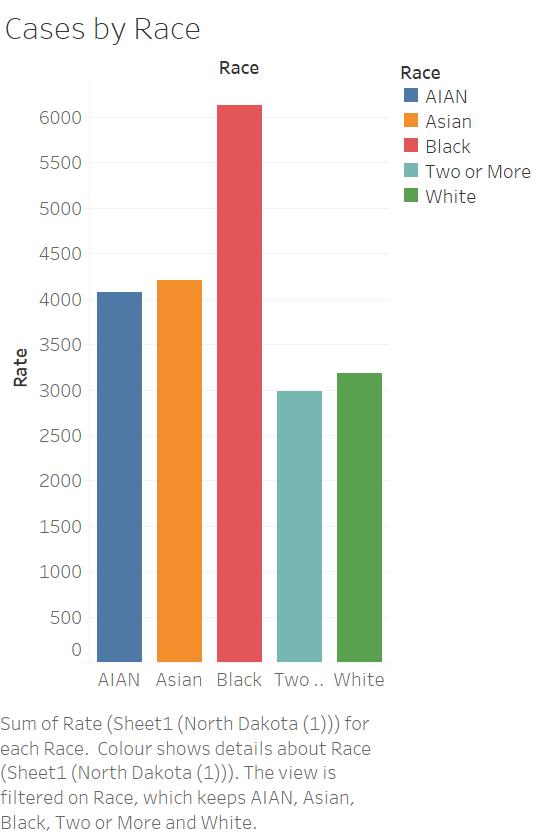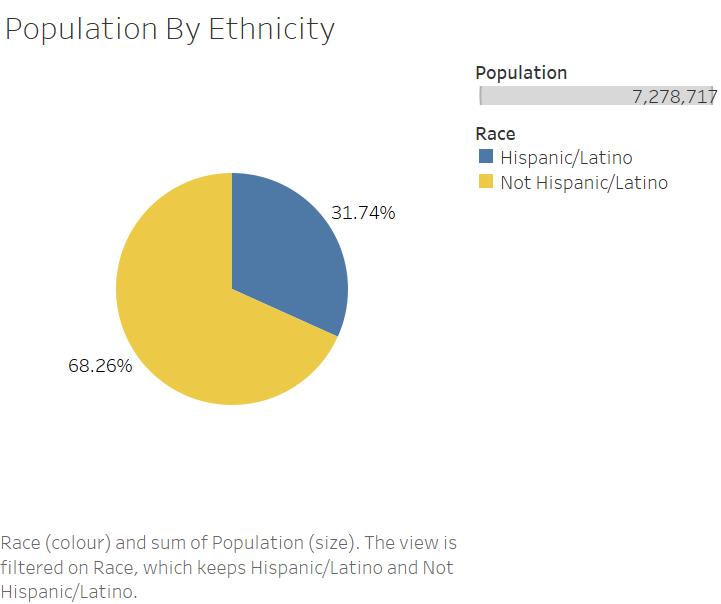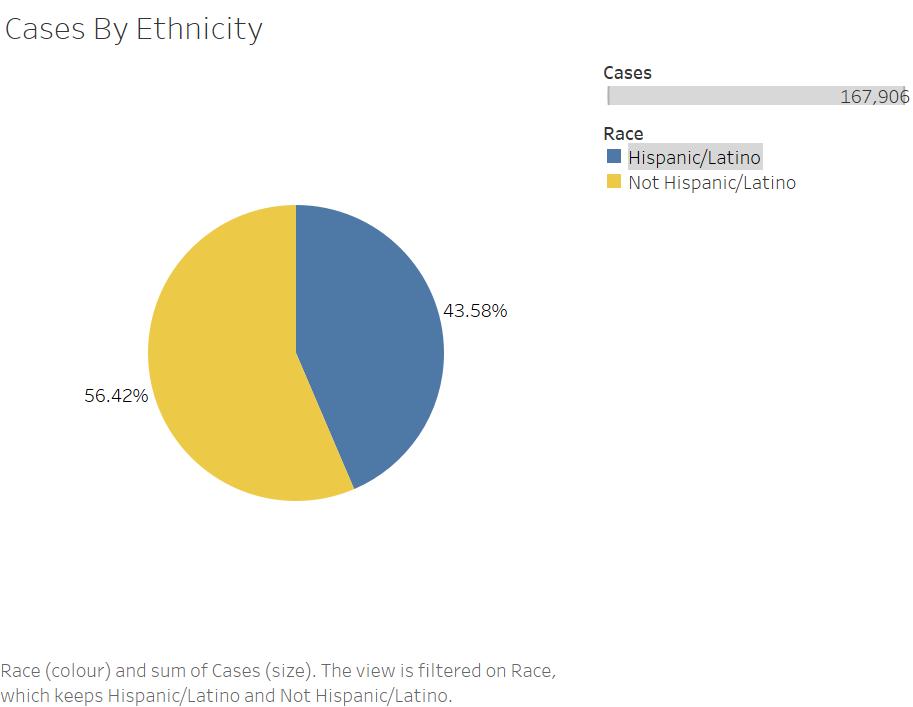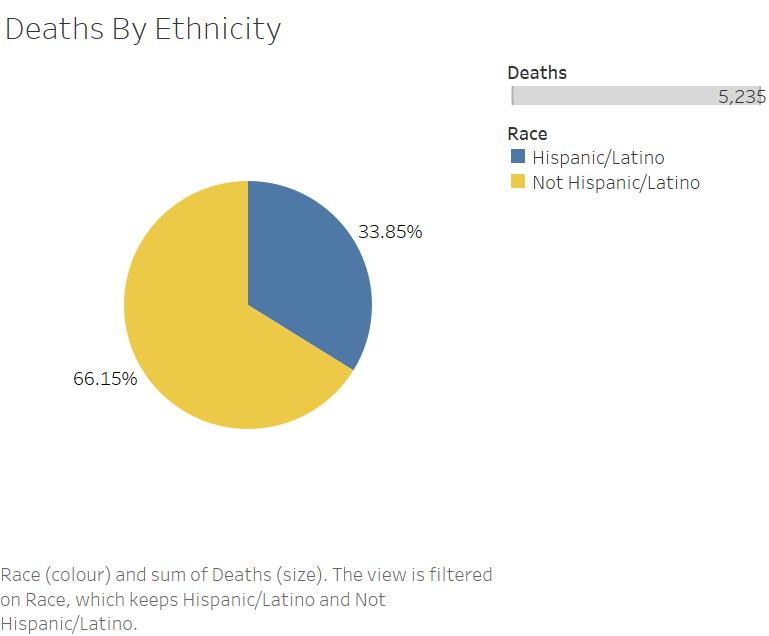Nebraska: Who are your Unknowns?
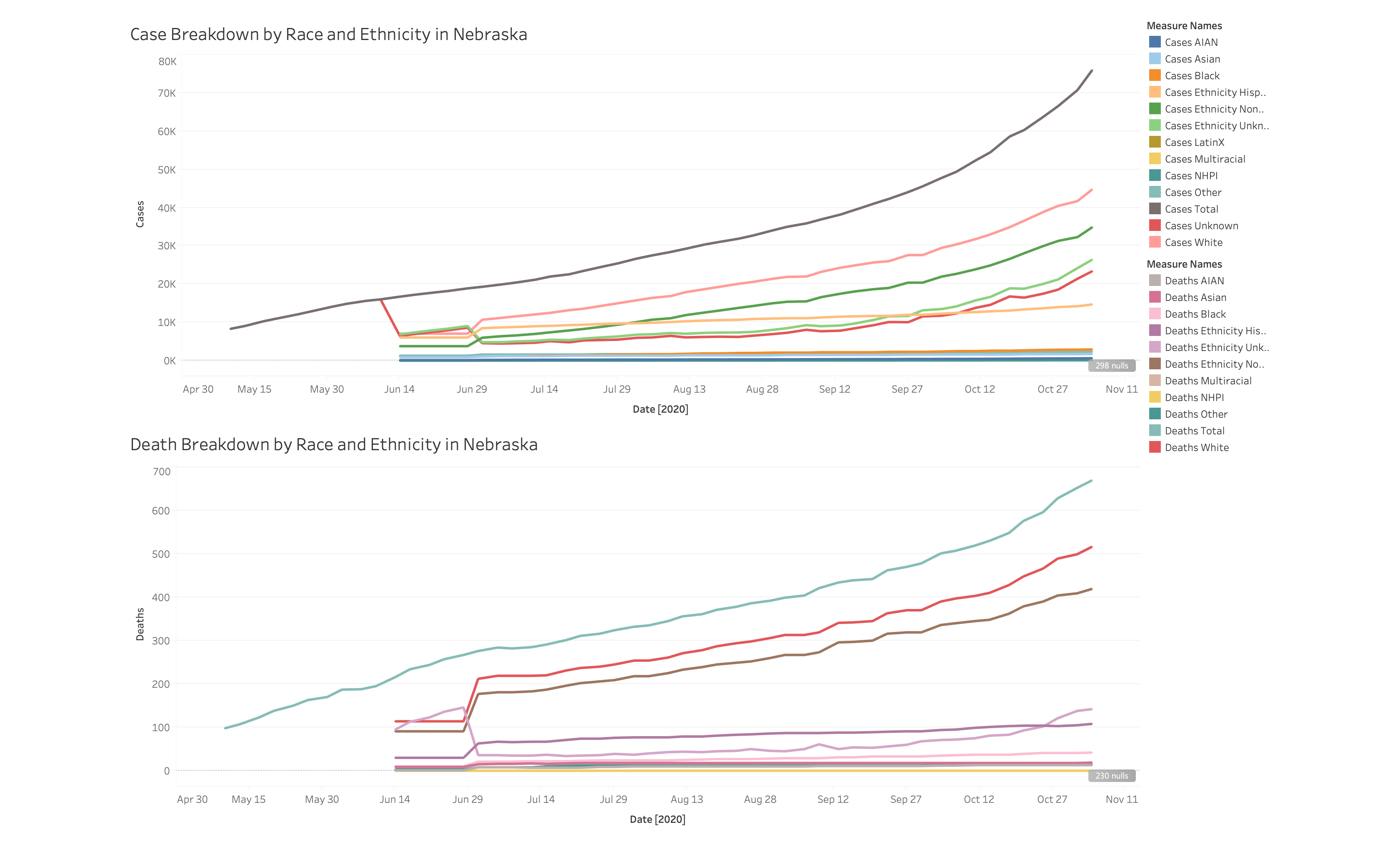
Throughout the Spring of 2020, journalists in Nebraska called for the release of Covid-19 case and death data by race and ethnicity. The Nebraska state government acquiesced in late June, reflected in the stark dip in the “unknown” race and ethnicity case and death incidences around that time. Despite the increased reporting of race and ethnicity data, “unknown” ethnicity and race cases and death rates continue to rise at a disconcerting rate, outpaced only by white and “non-Hispanic” race and ethnic groups. I would like to investigate which counties are contributing to the increasing count of “unknown” cases and deaths, as not all Nebraskan counties have this data easily accessible. I am particularly concerned that the “unknown” population rates may be attributable to Covid rates in Nebraska’s prisons. Nebraskan prisons are situated in counties that do not have easily accessible Covid race and ethnicity data, are experiencing intense spikes in Covid, and do not disclose race and ethnicity data in their Covid dashboard. To that end, I would try to gather data from Nebraska’s department of corrections and Nebraskan counties that do not publicly report Covid race and ethnicity data, and compare and visualize that data with our data.
I could envision this piece sitting at approximately 1500 words.
Potential Sources:
- Nebraska Department of Corrections
- County-level health data reporting agencies
- Nebraska Office of Health Disparities and Health Equity
- ACLU Nebraska
- The Vera Institute
